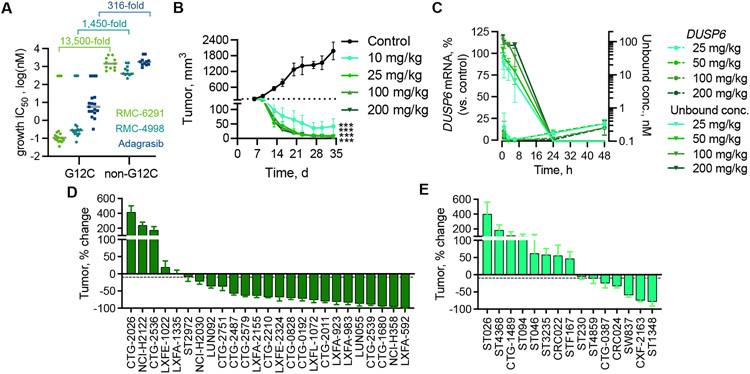Fig. 4. Potent and selective suppression of KRASG12C-driven tumor growth by tri-complex inhibitors.
(A) The indicated cells were treated with increasing concentrations of RMC-6291, RMC-4998, or adagrasib for 120h and the effect on cell viability was determined using the 3D CellTiter-Glo assay. Each point represents an individual cell line (n = 17 for G12C, n=11 for non-G12C) and the gray line indicates the median IC50 for each group of cell lines. (B) Mice bearing H358 CDX tumors were treated with RMC-6291 at the indicated dose, administered orally once daily, and the tumor volume was assessed for 28 days. ***adj.p<0.001 for RMC-6291 (all dose groups) vs control, using repeated measures 2-way ANOVA (n=6/group for control, n=8/group for RMC-6291); adjusted based on multiple comparison via Dunnett’s test on the final tumor measurement. (C) The unbound plasma concentration of RMC-6921 and the expression of DUSP6 mRNA in H358 tumors following administration of a single oral dose of RMC-6291 at the indicated doses (mean ± SEM, n=3). (D, E) The indicated NSCLC (D) or CRC (E) xenograft models were treated with RMC-6291(200 mg/kg administered orally once daily) to determine the effect on mean tumor growth or regression after 28±2 days (% change from baseline, mean ± SEM, n as indicated in table S3). The dashed line indicates 10% reduction in tumor volume from baseline.

